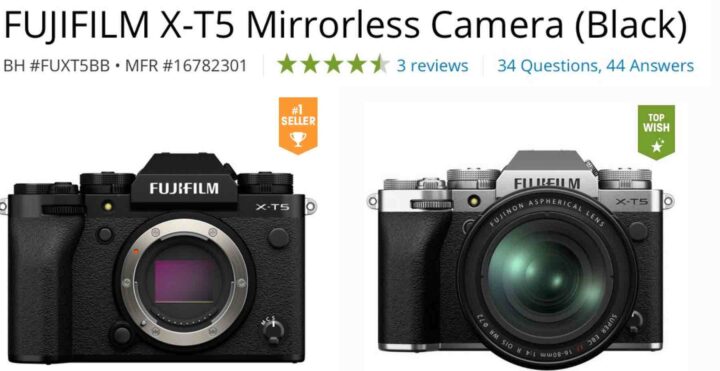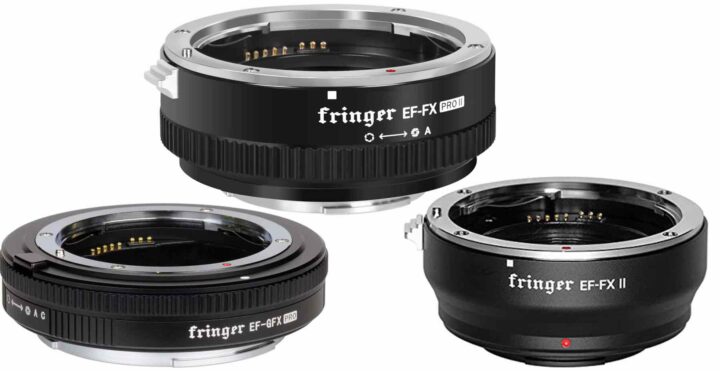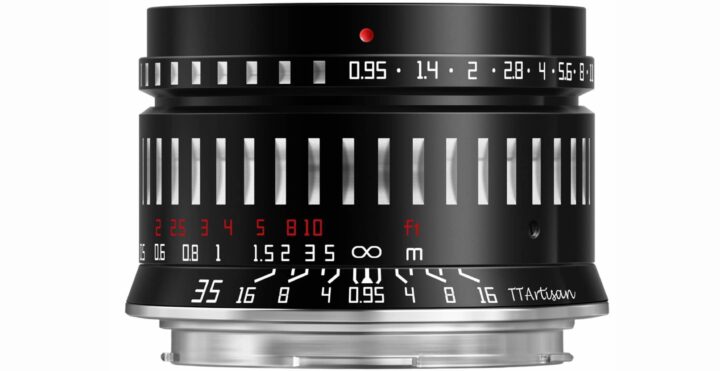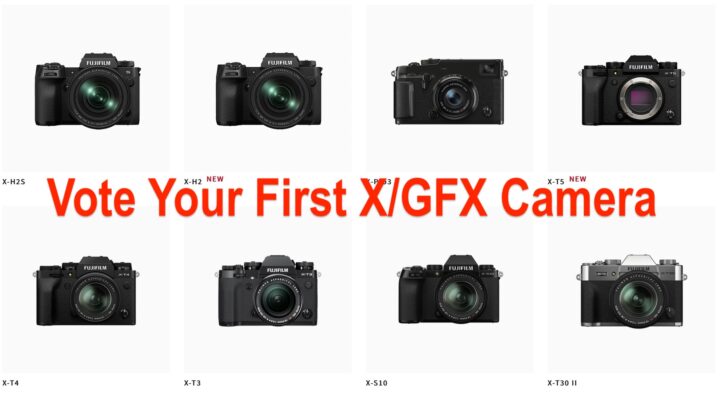One of the best things one can do with photography, is to raise awareness for important issues.
And that’s what world-renown photographer Spencer Tunick did with his latest installment, where he photographed 2,500 nude people at Bondi Beach beach in Australia with the goal to draw attention to skin cancer (2,500 was also the number of people, who died last year on skin cancer in Australia).
Various news outlets report about this (see below), and in some of them you can see him using a Fujifilm GFX camera for his work.
It does not matter which gear he used. But having literally just this month lived on my own skin how important it is to make regular checks, I’ll use the GFX as a pretext to join the message Spencer is spreading with his work and remind everybody to make regular checks.
via theguardian (NSFW) via nos.nl (NSFW) and more at Spencer Tunick Instagram (NSFW) and Spencer Tunick Twitter (NSFW)




